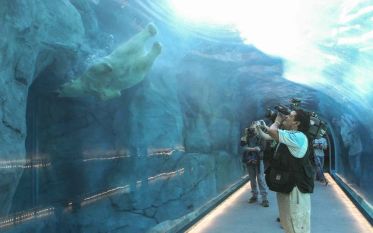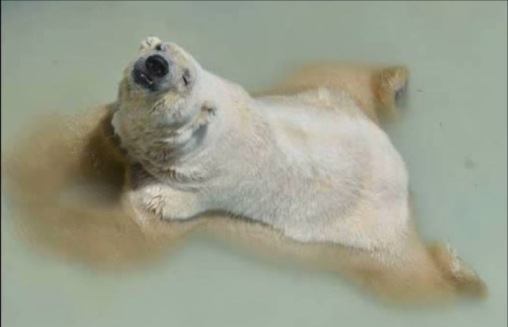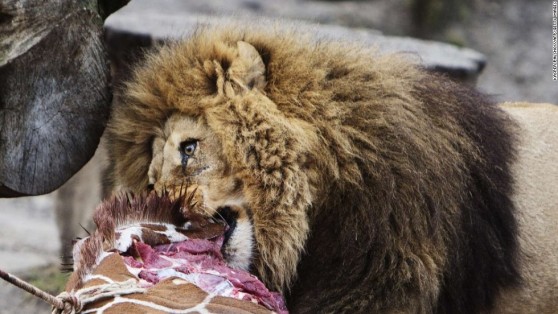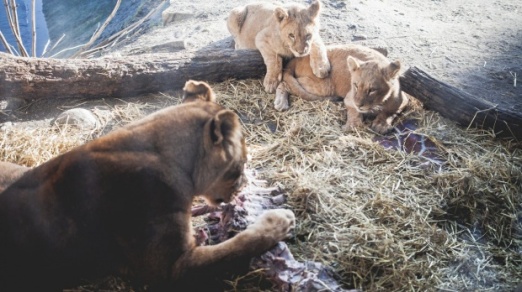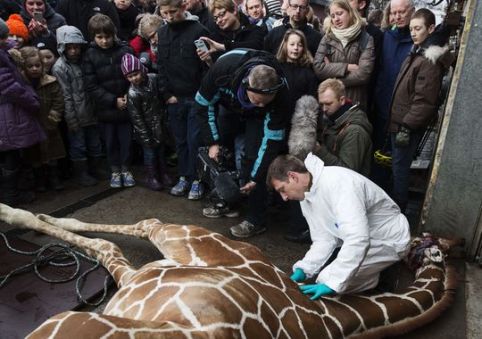What if far (very far) into the future all zoos around the world were permanently shut down and were replaced by virtual hologram zoos. What if you could stay in your very own city and not have to drive a great distance to go to a zoo. What if you could just walk into some sort of building or museum type structure and you could watch a hologram projection with live cameras streaming wild animals in their natural habitat–in the comfort of their own home for once. You would be able to see absolutely any animal you ever wanted to see and could really study and observe what these animals are actually like in their proper environments. It’s not like you can actually touch the animals to begin with at zoos, I guess you can feed some of them, but that is really the only thing that would be a potential downside. Just imagine the thought of how you could virtually be in an amazon in South Africa, watching a lioness going in for its kill to feed it’s baby cubs, who are just off to the side learning from its mama. That is definitely something that you will never see in your local zoo.
Lately in the news there has been talk about creating holograms for famous people who have died decades to centuries ago and being able to have a virtual conversation with them. For example, lets pick Einstein. A holographic projection of Einstein would appear right before your eyes and you would literally be able to ask him any question. A hologram of Einstein has already been created, here’s a short clip of it to give you an idea:
Holograms, so far, have generally only been created for celebrities that are deceased. However, with the rate at which technology is advancing it’s only time where people will essentially be able to hologram anything/anyone, live or dead. I’m sure we’ve all had that moment when watching something very intensely and felt, “wow, it was like I was actually there!” Now imagine a time where that feeling feels even realer, where it feels like you are truly in Africa or Europe, or anywhere in the world watching wild animals, but in reality you are only a few minutes away from your home in Boulder, Colorado. This could give rise to so many incredible opportunities. By bringing wild animals out of their natural habitat, to places like America, where hippo’s clearly don’t originate from, it gives a lot of people the chance to see these beautiful creatures because they can’t afford to go to a country half-way across the world. But, with holograms of these animals you would be able to experience both being in another country and an one-on-one interaction with this animal. You would experience more than a person who’s job is to film documentaries on these animals. You would be up close and personal with any animal of your choice, you wouldn’t have to worry about getting eaten alive, or trying to track your animal down, it would all be right handed to you.
Having a holographic image of live animals interacting in their homeland may not suffice for those who would rather interact with an animal behind cages. They are both very different feelings and very different experiences. Holograms are as real as it can get, but still not completely real and the same goes for zoos, they are also very real, but not real at the same time. With zoos you get to see the animals in real life and for most people that’s as close as they will ever get to seeing a wild animal. However, you don’t go to zoos to understand an animals lifestyle, you go there (generally) to literally just see and sort-of observe the animals encounters. Whereas virtual hologram zoos, it would be all about feeling as if you are, ‘walking in the animals shoes.’ You’d essentially be living a day in the life of whatever animal you so desire.
Unfortunately, there is no actual evidence or sources that support my exact idea, or none that are at least to the publics access. However, I found some videos that give a good enough representation of what I’m trying to express:

